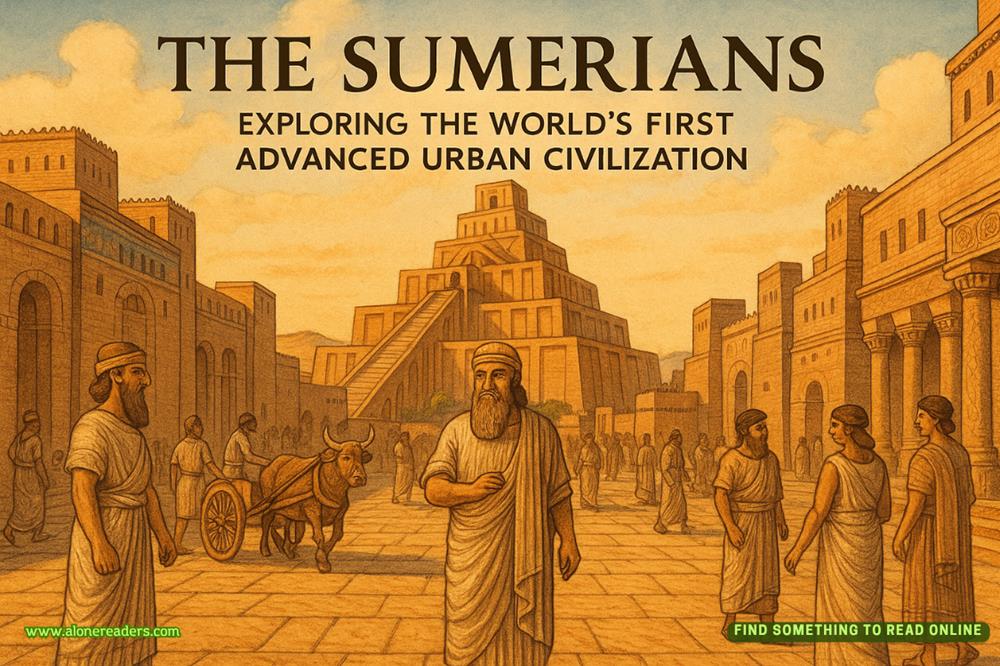Yet here I am, distracted by the way sunlight plays across her profile, by the passion in her voice as she describes her vision for transforming the old factory. The flutter in my chest returns, stronger this time, as she turns to me with a question about the original architectural plans.
I realize, with a clarity that is both exhilarating and terrifying, that I might be falling for Betsy Miller—not just her talent, not just her beauty, but the rare combination of brilliance and genuine passion that animates everything about her. It’s too soon, too unprofessional, too complicated, given our working relationship.
And yet, watching her eyes widen as we step into the cavernous main space of the factory, sunlight streaming through the dusty windows to illuminate her upturned face, I can’t bring myself to care about any of those rational objections.
“It’s even more beautiful than I imagined,” she breathes, turning in a slow circle to take in the soaring ceiling and exposed brick. “Can you feel the history in these walls?”
“I can now,” I say quietly, though I’m not looking at the walls at all.
“I want to show you something,” Betsy says, pulling a leather-bound sketchbook from her messenger bag. Her fingers flip through pages filled with precise lines and flowing curves until she finds what she’s looking for. “I sketched this at three in the morning.”
I lean closer, catching that citrus scent again as our shoulders nearly touch. The drawing shows the main space transformed—exposed beams are preserved but complemented by sleek glass partitions, the original brick walls are showcased rather than covered, and natural light floods through strategically placed skylights.
“You’ve maintained the industrial character while creating something completely contemporary,” I observe, genuinely impressed. “The way you’ve used the existing support columns as design features rather than obstacles...”
“Exactly!” Her eyes light up, and she turns to me with such unfiltered enthusiasm that I feel a tug in my chest. “Most architects would see those columns as limitations, but they tell the building’s story. And look here—” Her finger traces a curved line on the page. “This mezzanine follows the original track where they used to move textile carts.”
I find myself nodding, captivated not just by the brilliant design but by her passion. “You’re seeing possibilities no one else did.”
“That’s what good design is about—recognizing the potential that’s already there.” A slight flush colors her cheeks as she realizes I’m watching her rather than the sketches.
We spend the next two hours exploring every corner ofthe building, Betsy documenting dimensions and architectural details while I make notes about potential uses for each space. She climbs fearlessly onto a precarious-looking window ledge to examine the original molding, waving away my concerned hand.
“I used to climb fire escapes to sketch rooftop views in college,” she explains, jumping down with athletic grace. “My professor called it ‘embodied architecture’—you have to feel a space to understand it.”
The afternoon light begins to soften, casting long shadows across the wooden floors. We’ve covered every inch of the building, and my portfolio is filled with her preliminary sketches and notes. As we prepare to leave, I realize I’m not ready for our time together to end.
“This has been incredibly productive,” I say, closing my portfolio with deliberate slowness. “Your approach is exactly what this project needs.”
“Thank you for taking a chance on me.” Her smile is genuine, professional, but warm. “I promise you won’t regret it.”
Now or never, Campbell. The thought comes unbidden as we stand in the fading light of the main floor.
“I know this might seem out of left field,” I begin, striving to keep my tone casual, “but would you be interested in bowling tomorrow night?”
Her eyebrows lift slightly, confusion replacing her professional composure. “Bowling?”
“My company team is short a player for the league championship.” The words tumble out faster than I intended. “Nicole usually plays, but she’s flying to Chicago tomorrow. It’s just a casual thing, but...” I trail off,suddenly aware of how ridiculous this must sound coming from a man who probably looks like he’s never set foot in a bowling alley.
Betsy studies me for a moment, her head tilted slightly, as if trying to solve a fascinating architectural problem. Then a slow smile spreads across her face.
“I should warn you, I’m extremely competitive,” she says, tucking her sketchbook into her bag. “You might regret asking me.”
Relief and something warmer flood through me. “So am I,” I reply, unable to keep the smile from my voice. “Championship’s at eight. I can have Thomas pick you up at seven-thirty?”
“I’ll be ready.” She hoists her messenger bag onto her shoulder.
As we walk toward the exit, I notice how the setting sun catches in her dark hair, turning the edges to burnished copper. This is professional, I tell myself. Just a team event. But the quickening of my pulse suggests otherwise.
Outside, Thomas is waiting with the car. I hold the door for Betsy, catching another trace of her citrus perfume as she slides into the backseat. For a fleeting moment, our eyes meet, and I see something there—curiosity, perhaps, or challenge—that makes me wonder if she feels this unexpected connection too.
“Until tomorrow, then,” she says.
“Looking forward to it.” More than you know.
As Thomas pulls away from the curb, I watch her figure grow smaller in the side mirror, silhouetted against the old factory building. For the first time in years, I findmyself genuinely excited about something that has nothing to do with business acquisitions or profit margins.
It’s just bowling, I remind myself. But somehow, I know it’s much more than that.















